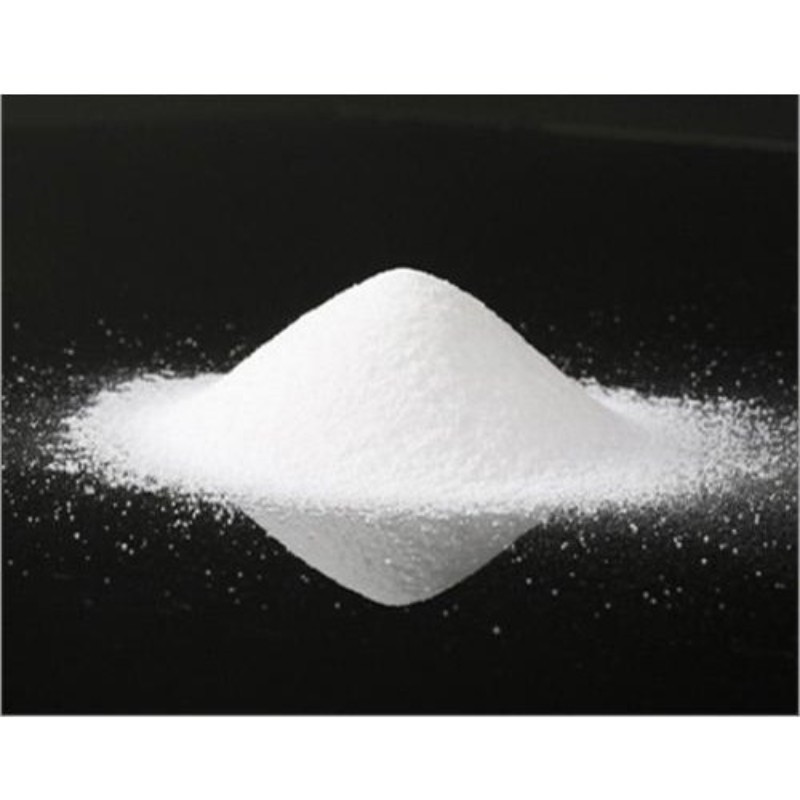Dolomite is used as an ornamental stone, a concrete aggregate, and a source of magnesium oxide, as well as in the Pidgeon process for the production of magnesium. It is an important petroleum reservoir rock, and serves as the host rock for large strata-bound Mississippi Valley-Type (MVT) ore deposits of base metals such as lead, zinc, and copper. Where calcite limestone is uncommon or too costly, dolomite is sometimes used in its place as a flux for the smelting of iron and steel. Large quantities of processed dolomite are used in the production of float glass.
In horticulture, dolomite and dolomitic limestone are added to soils and soilless potting mixes as a pH buffer and as a magnesium source.
Dolomite is also used as the substrate in marine (saltwater) aquariums to help buffer changes in the pH of the water.
Calcined dolomite is also used as a catalyst for destruction of tar in the gasification of biomass at high temperature.[22] Particle physics researchers like to build particle detectors under layers of dolomite to enable the detectors to detect the highest possible number of exotic particles. Because dolomite contains relatively minor quantities of radioactive materials, it can insulate against interference from cosmic rays without adding to background radiation levels.[23]
In addition to being an industrial mineral, dolomite is highly valued by collectors and museums when it forms large, transparent crystals. The specimens that appear in the magnesite quarry exploited in Eugui, Esteribar, Navarra (Spain) are considered among the best in the world.
Modern dolomite formation has been found to occur under anaerobic conditions in supersaturated saline lagoons such as those at the Rio de Janeiro coast of Brazil, namely, Lagoa Vermelha and Brejo do Espinho. There are many other localities where modern dolomite forms, notably along sabkhas in the Persian Gulf,[12] but also in sedimentary basins bearing gas hydrates[13] and hypersaline lakes.[14] It is often thought that dolomite nucleates with the help of sulfate-reducing bacteria (e.g. Desulfovibrio brasiliensis),[15] but other microbial metabolisms have been also found to mediate in dolomite formation.[12] In general, low-temperature dolomite may occur in natural supersaturated environments rich in extracelullar polymeric substances (EPS) and microbial cell surfaces.[12] This is likely result from complexation of both magnesium and calcium by carboxylic acids comprising EPS.[16]
Vast deposits of dolomite are present in the geological record, but the mineral is relatively rare in modern environments. Reproducible, inorganic low-temperature syntheses of dolomite are yet to be performed. Usually, the initial inorganic precipitation of a metastable "precursor" (such as magnesium calcite) can easily be achieved. The precursor phase will theoretically change gradually into a more stable phase (such as partially ordered dolomite) during periodical intervals of dissolution and re-precipitation. The general principle governing the course of this irreversible geochemical reaction has been coined "breaking Ostwald's step rule".[17] High diagenetic temperatures, such as those of groundwater flowing along deeply rooted fault systems affecting some sedimentary successions or deeply buried limestone rocks allocate dolomitization.[18] But the mineral is also volumetrically important in some Neogene platforms never subjected to elevated temperatures. Under such conditions of diagenesis the long-term activity of the deep biosphere could play a key role in dolomitization, since diagenetic fluids of contrasting composition are mixed as a response to Milankovitch cycles.[19]
A recent biotic synthetic experiment claims to have precipitated ordered dolomite when anoxygenic photosynthesis proceeds in the presence of manganese(II).[20] A still perplexing example of an organogenic origin is that of the reported formation of dolomite in the urinary bladder of a Dalmatian dog, possibly as the result of an illness or infection.[21]

Login To Comment